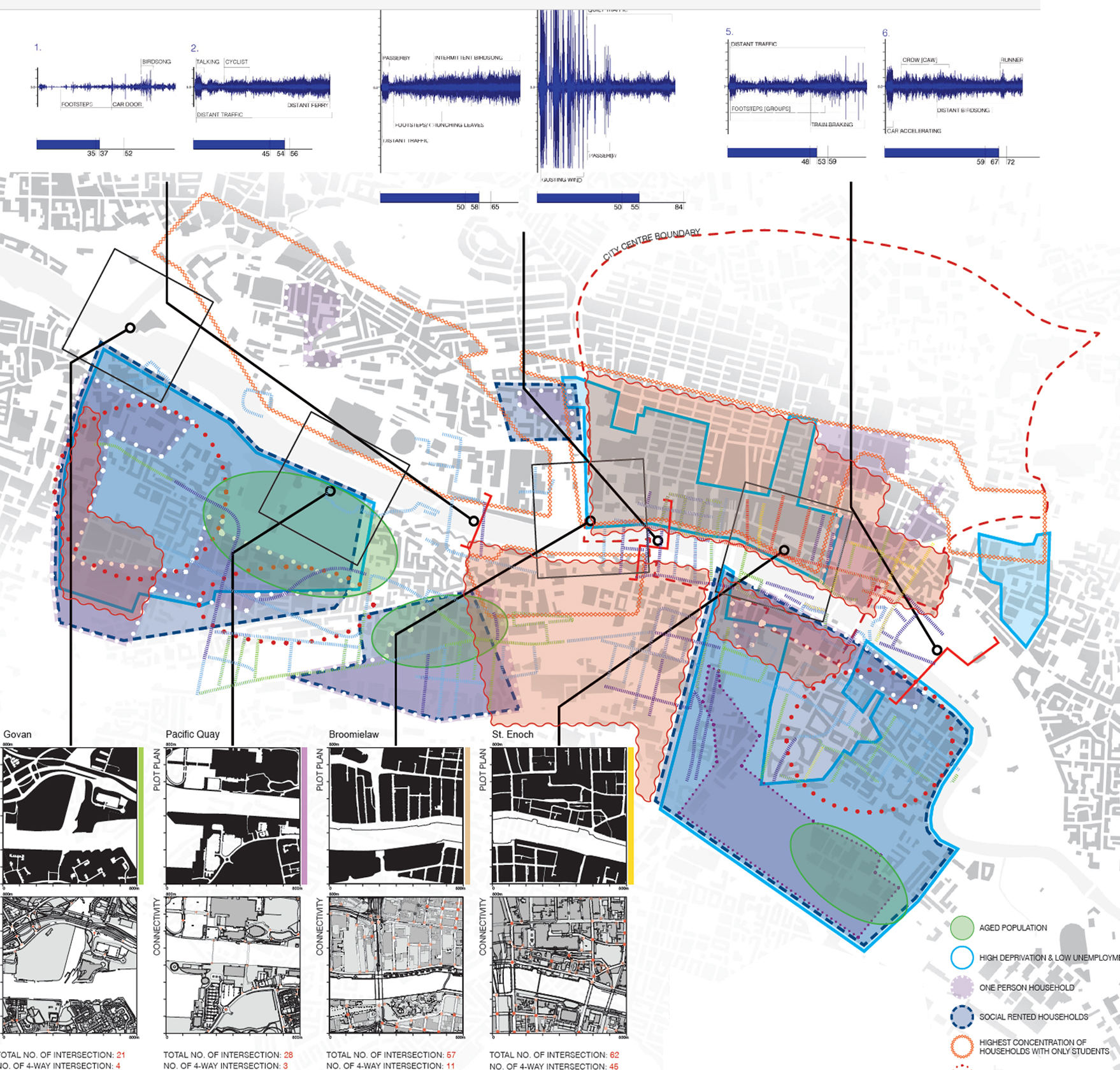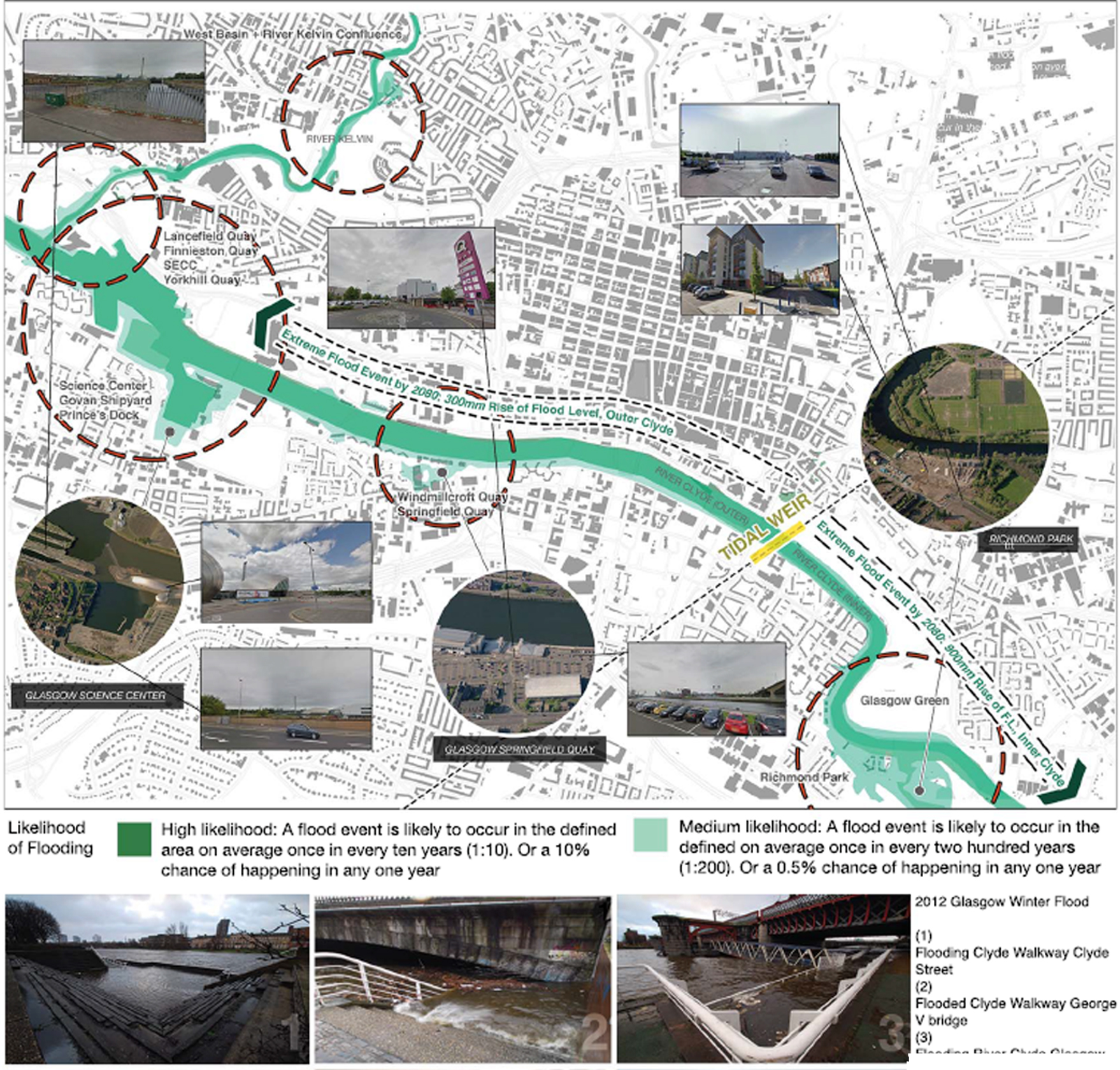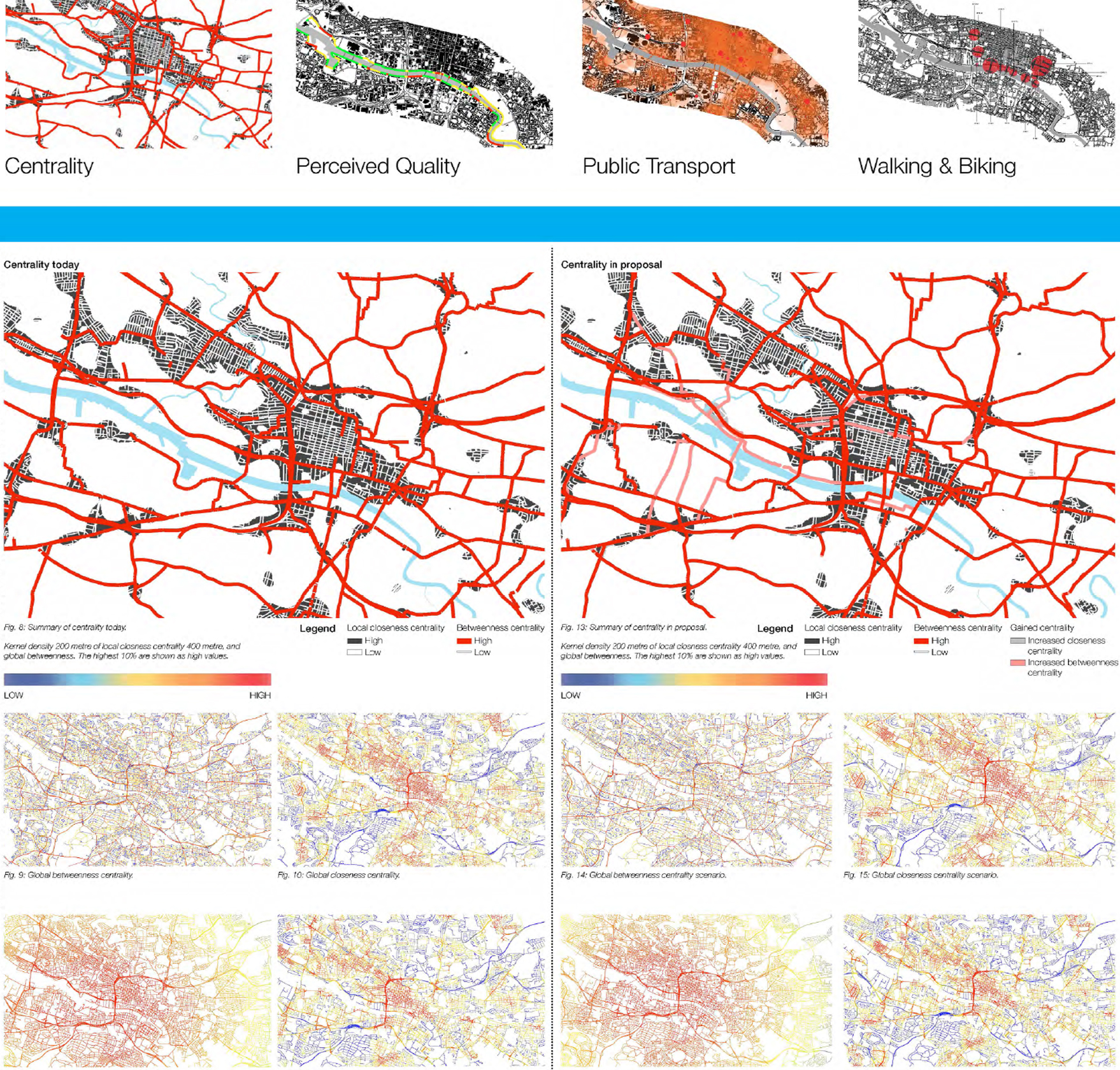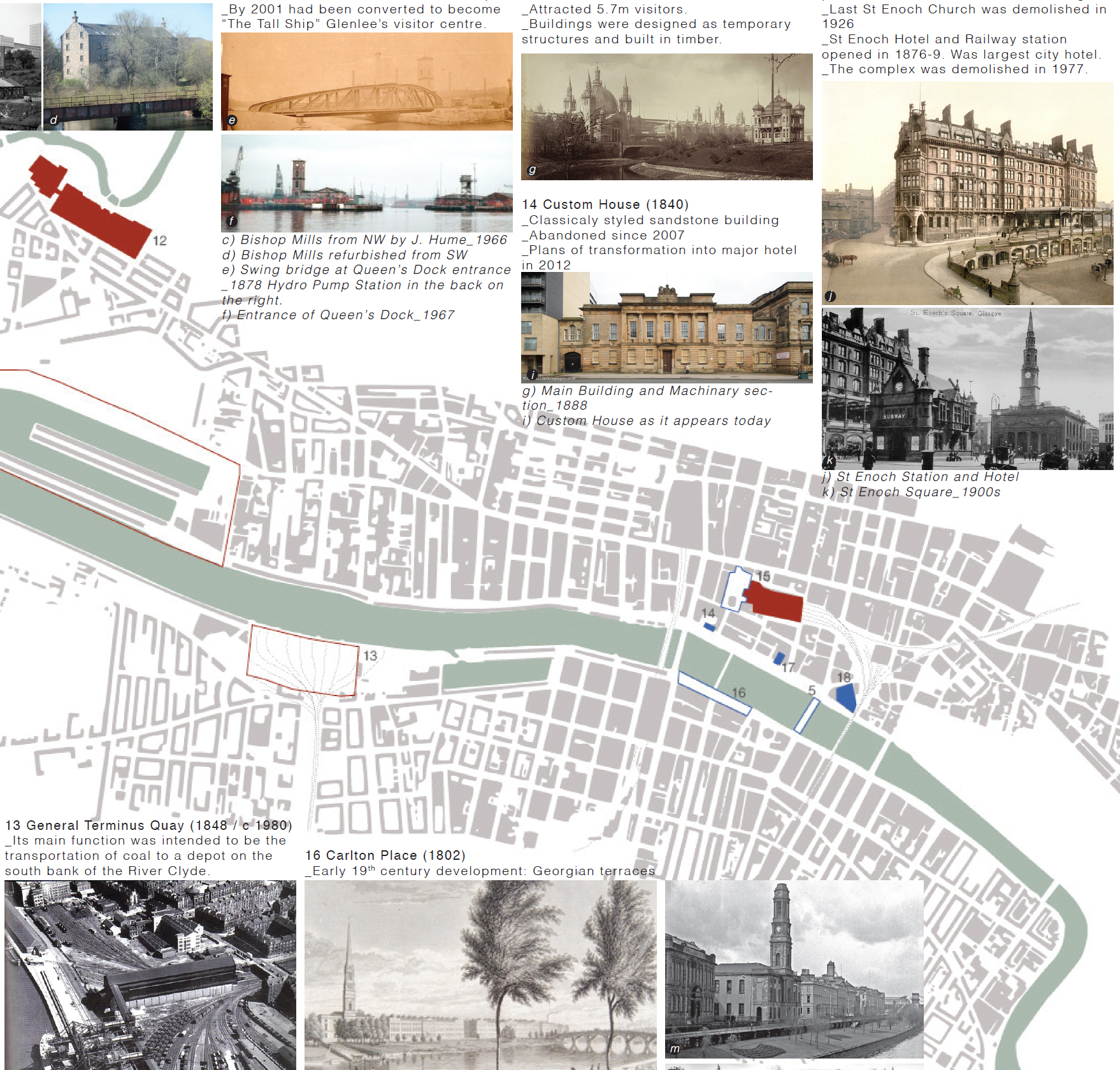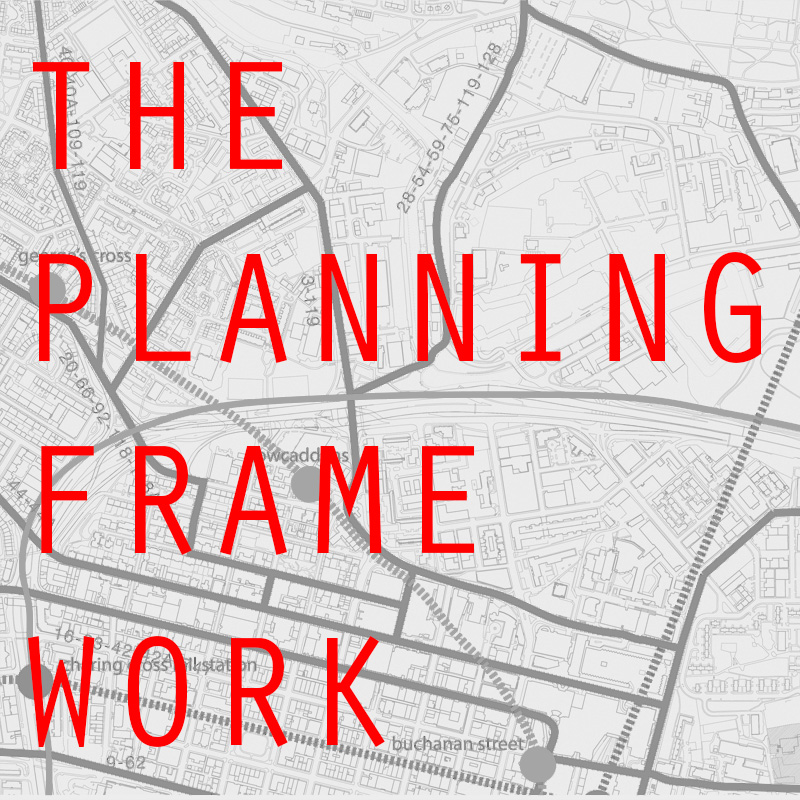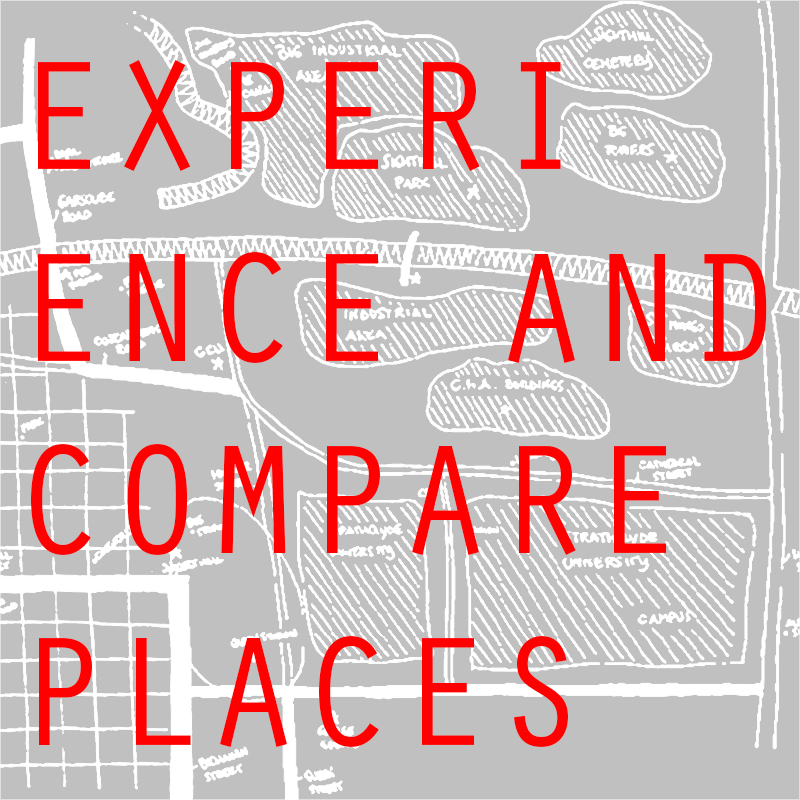Future Glasgow: Re-Clyde – Character
Large data-sets are today available to study the economic and demographic profile of cities: these provide us a great deal of information on deprivation, crime, employment, ownership, household composition, car ownership and about their distribution across the city. In our case we are particularly interested in the areas surrounding the …


